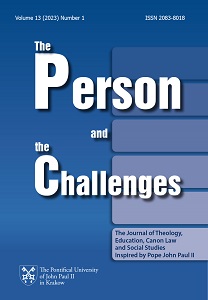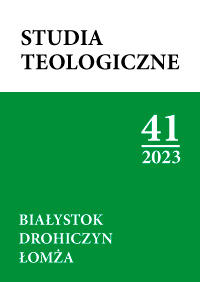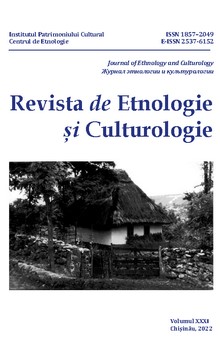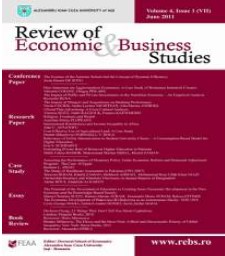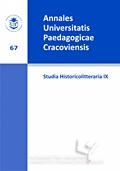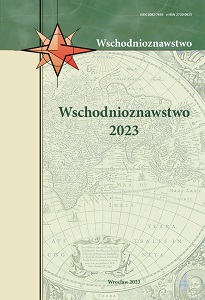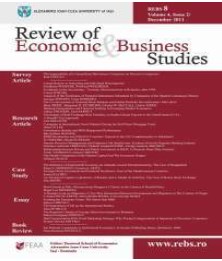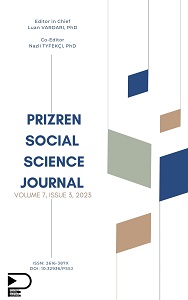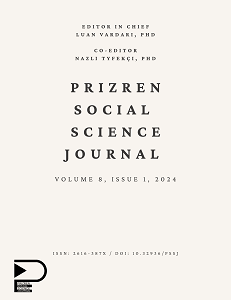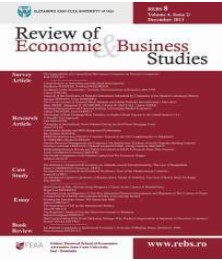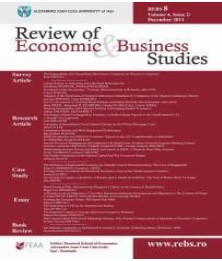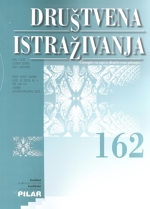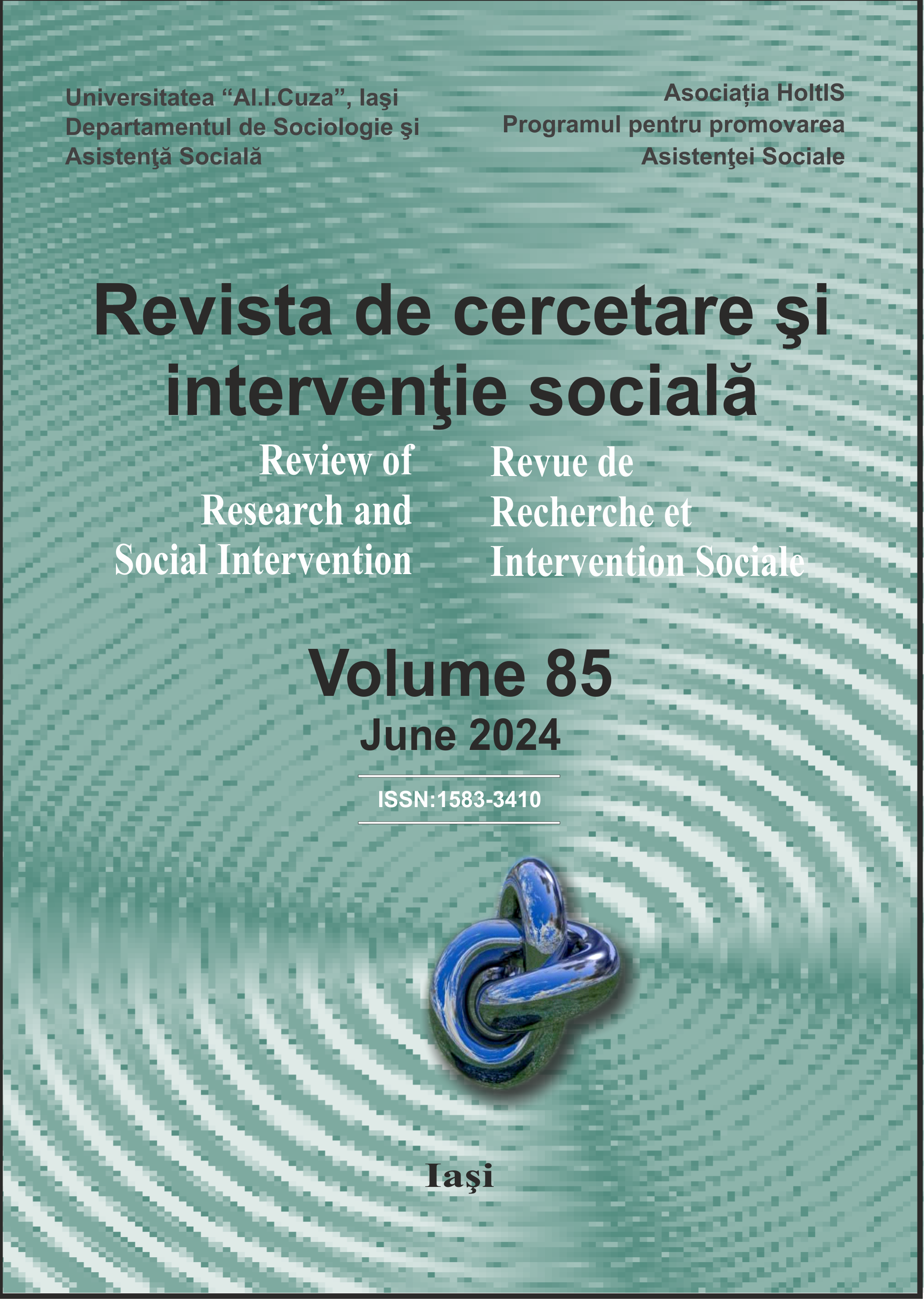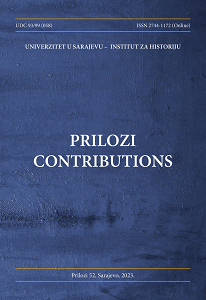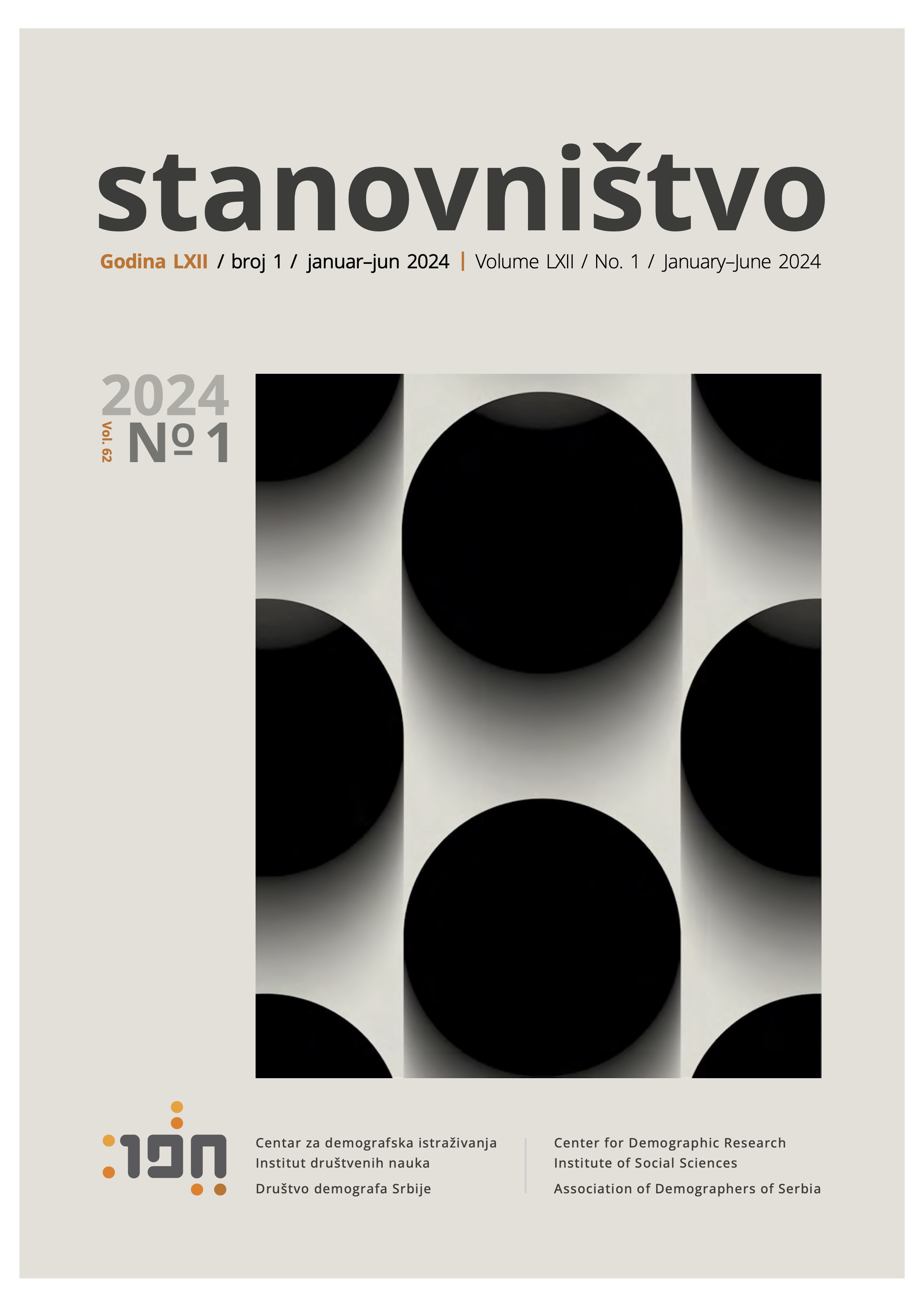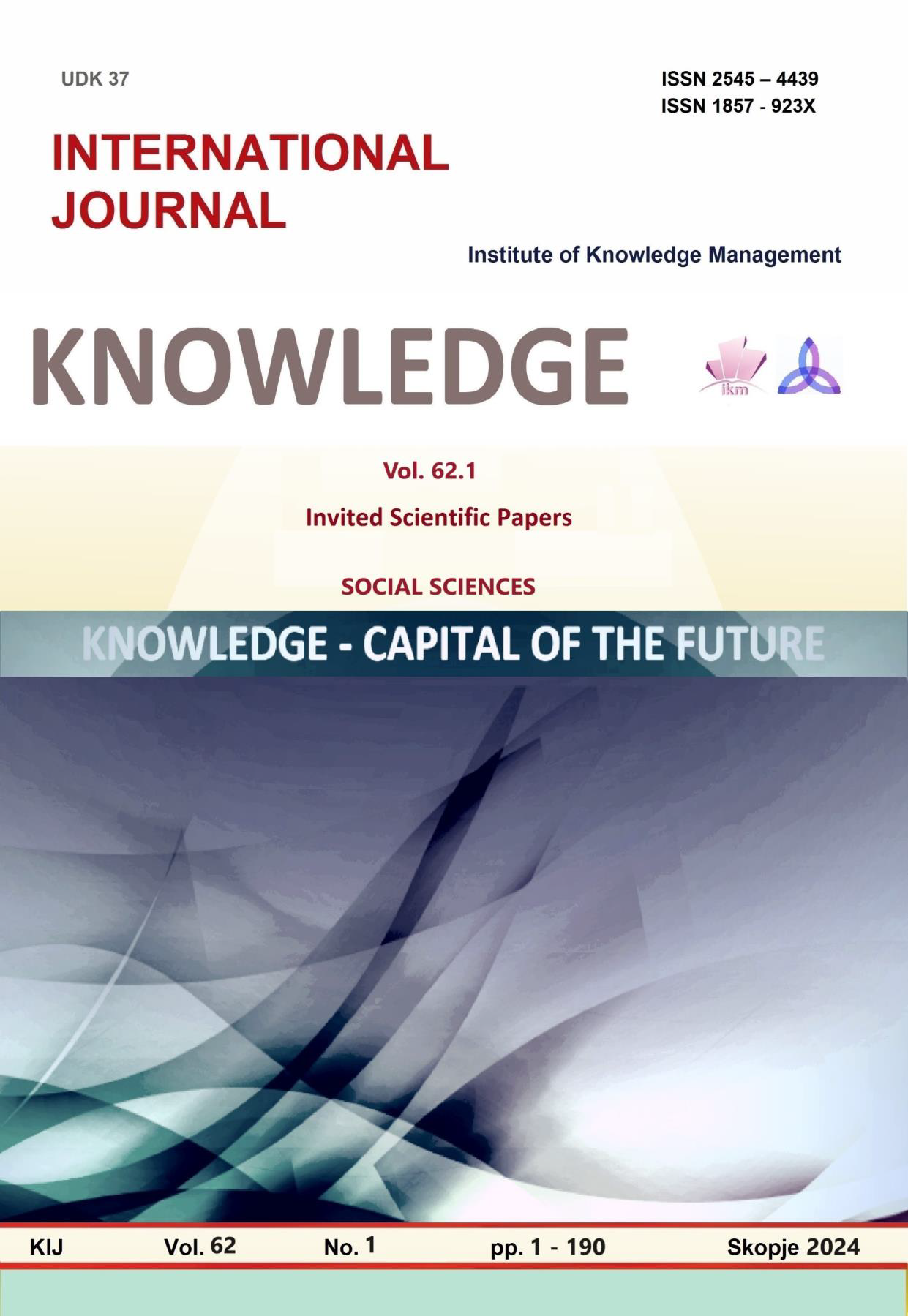
THE IMPACT OF DEMOGRAPHIC AGING ON UNEMPLOYMENT IN THE REPUBLIC OF NORTH MACEDONIA AND THE COUNTRIES IN THE EUROPEAN UNION: A PERENNIAL OVERVIEW
This paper aims to show the differences and similarities of the impact of demographic aging on the labor market, expressed through the prism of unemployment. Namely, the paper compares the different systems of the labor market, expressed through the display of unemployment. Specifically, through the method of analysis, unemployment in some countries of the European Union, as well as unemployment in the Republic of North Macedonia, is presented. That process is carried out through publicly available data published by the European Statistical Office - EUROSTAT, as well as by national statistical offices/agencies. Furthermore, in addition to the specific analysis of unemployment, the paper provides an insight into the impact of the general process of demographic aging in the countries of the European Union, and in the Republic of North Macedonia. Namely, for several decades in the past, the European continent is facing an increasing presence of demographic aging of the population. It causes a series of negative effects and consequences on the national and broader economies, on the global labor market, on the functioning of the welfare state, but also on the level, intensity and size of unemployment. So far, many authors have analyzed its impact on certain aspects and segments of socioeconomic and social development, but still, in our country, there is a need for an increasing number of analyzes and researches on the impact of demographic aging on unemployment. Therefore, in addition to the data from EUROSTAT - as specific statistical data, in this paper, and from the point of view of the theoretical part and previous literature, it is necessary to mention the European authors and researchers on this topic: Ida Rugovska, and Jacobs L. In their works, they indicate that although there is already a seriously increased impact of demographic aging in Europe for the period from 2010 to 2020, they expect that degree to increase several times in the next decade. However, these two authors, in their research, did not even know about the emergence of the global phenomenon that will affect the world, including Europe, about the corona crisis, and the closures of economies and the labor market. Therefore, after the emergence of the crisis due to COVID-19, and which is slowly but surely changing the appearance of the current and future labor market, it is more than necessary to investigate unemployment, as a product of demographic aging. Namely, due to the inevitable need to investigate the impact of demographic aging on unemployment, there is a need to consider unemployment over a longer period, in the case of a ten-year spectrum. This is exactly what this paper does, as a topic of analysis, with a modest contribution to the concluded insights, but by leaving room through specific recommendations for further analyzes based on the insights from it.
More...

